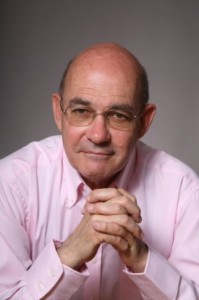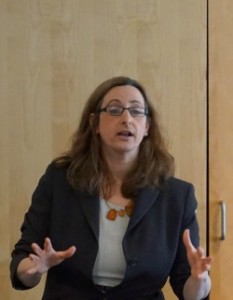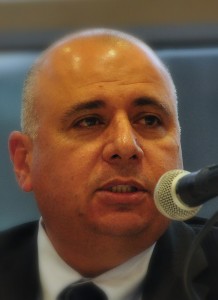This photo of me at age seven, sitting on a Jeep taken by Israeli soldiers during the Six Day War, was taken in June 1967, just outside my home in Jerusalem, a couple of days after the war ended. During the weeks and months that followed, my family, like many Israelis, rushed to explore the liberated land of the Bible.
In our old Susita, an Israeli-manufactured clunker with a Ford engine and a fiberglass body, we traveled to Bethlehem, Hebron, Jericho, and the Judea desert. And through the torn-down wall that separated West Jerusalem from East Jerusalem, we walked to the Old City. We pressed prayers into the cracks of the Western Wall and climbed the Mount of Olives. My parents, who had both been Bible teachers, put the scenery in a historical context. We felt that our country was finally whole.

 Israeli Prime Minister Benjamin Netanyahu is grabbing positive headlines these days: first with
Israeli Prime Minister Benjamin Netanyahu is grabbing positive headlines these days: first with
 On the 48th anniversary of the Six Day War, please join APN for a briefing call with journalist
and historian Tom Segev, the author of 1967 – Israel, the War, and the Year that Transformed
the Middle East. Segev will talk about his research concerning the war and its aftermath, and will discuss its
lingering impact on Israel, almost half a century later.
On the 48th anniversary of the Six Day War, please join APN for a briefing call with journalist
and historian Tom Segev, the author of 1967 – Israel, the War, and the Year that Transformed
the Middle East. Segev will talk about his research concerning the war and its aftermath, and will discuss its
lingering impact on Israel, almost half a century later. Rabbi Suskin spoke about the prospects for peace following the installation of Israel's new
government, the work of Peace Now in Israel and what the challenges are at this time, and what, as American
Jews, our role can be in helping Israel achieve peace and security with her neighbors.
Rabbi Suskin spoke about the prospects for peace following the installation of Israel's new
government, the work of Peace Now in Israel and what the challenges are at this time, and what, as American
Jews, our role can be in helping Israel achieve peace and security with her neighbors.
 Overcoming the Obstacles to a Two-State Solution
Overcoming the Obstacles to a Two-State Solution